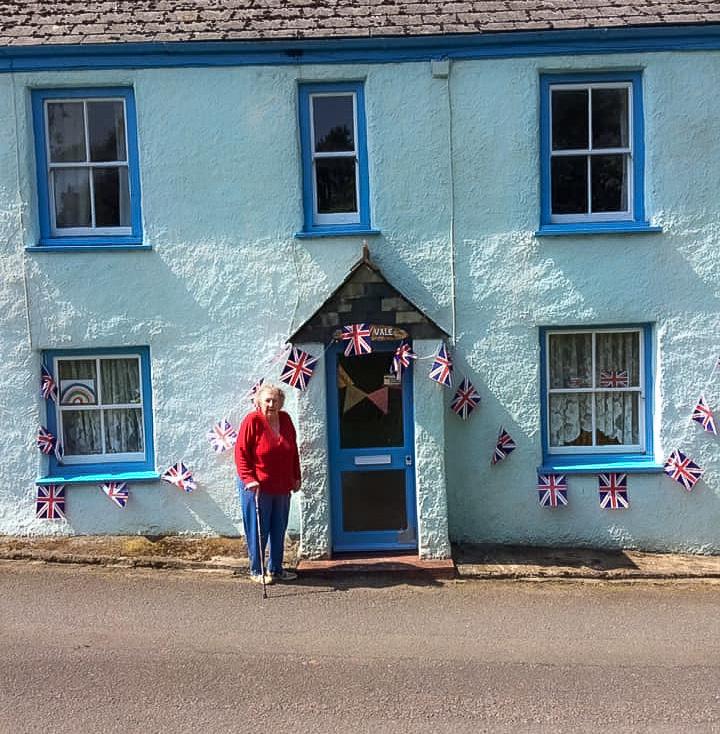
2 minute read
Hundreds come to Cornwall during the lockdown!
Hundreds come to Cornwall during the lockdown!
By Roger Hooper, RSPB Cornwall Local Group
Advertisement
Now that’s a statement to rile the anger in any resident, isn't it? If it were an invasion of people from the big cities, then it would be justified, but while we have been shut-in, the natural world has been serenely carrying on very happily without us.
So, what has invaded us? In early May, the familiar buzzards soaring over Cornish fields have been joined by hundreds of Red Kites. These glamorous, graceful birds of prey have, over recent years and for reasons as yet unclear, staged a late April to mid-May invasion of the county. This year has seen them mainly collect around west Penwith but obviously, to get there they have to fly down the length of the county and they quickly started to be seen.
The recovery of the Red Kite from virtual extinction in the UK has been an incredible success. At their lowest, there were just seven birds left, five males and two females, and these were in the wilds of mid-Wales, their final retreat.
What brought about this catastrophe for the kites? The same old story really. Persecution, egg collecting and the general loathing of birds of prey through ignorance. The Red Kites’ problem is that it is a bit like the vultures of the tropics, it feeds on the carcasses of dead animals and kites fill that role in northern areas. A sheep farmer seeing a Red Kite tearing at the flesh of a lamb that has died sees a big bird with a hooked beak and bang! One dead kite.
In the early 1980s conservation bodies decided that the Red Kite could not be allowed to slide into extinction. The few nests in Wales were continuously monitored and protected. This also included covert protection by SAS soldiers in training from their Hereford base. Not surprisingly, that worked very well!
Kites were taken from thriving European populations and released into suitable areas of habitat in England. The birds were re-introduced across several locations the length of England from Yorkshire to the Cotswolds. The most successful has been the Chilterns, and it is said that on a drive up the M40 you will see these days dozens of kites on your journey.
So, where do the kites visiting Cornwall come from? One certainly came from a nest way up north in Geltsdale, as it had a wing tag that could be read using a telescope. Certainly, as the Welsh numbers have increased and the Cotswold birds have started to merge with them on the borders, it’s thought that most would belong to that area. It seems that young birds go on a ‘jolly’ outing for a couple of weeks to the far south-west and then all drift back again as if to tease all the birdwatchers of Cornwall, who would love to see them breeding here once more.

Red Kite
Ben Andrew RSPB-Images






